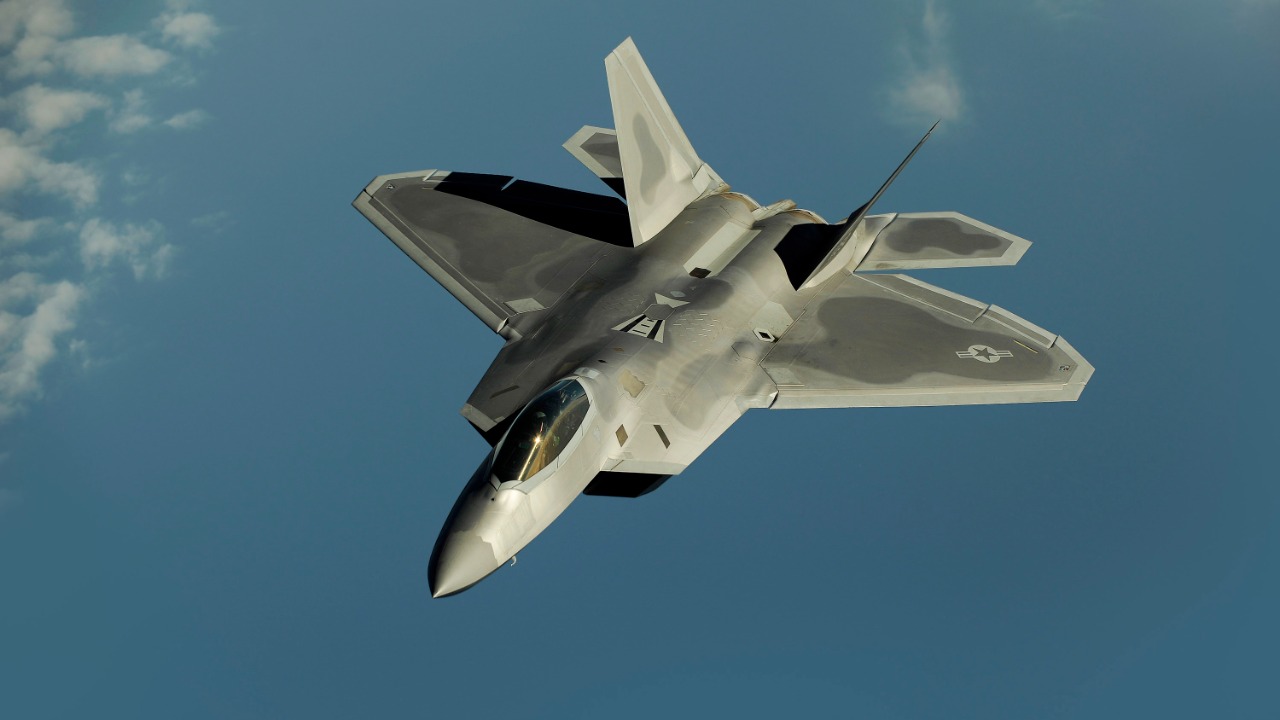
The F-22 Raptor, a marvel of modern aviation, continues to evolve, solidifying its status as the unrivaled king of the skies. Recent advancements have amplified its lethal capabilities, ensuring that no other fighter jet comes close to matching its prowess. Let’s explore the enhancements that make the F-22 deadlier than ever and why it remains a closely guarded asset of the U.S. military.
The Evolution of the F-22 Raptor
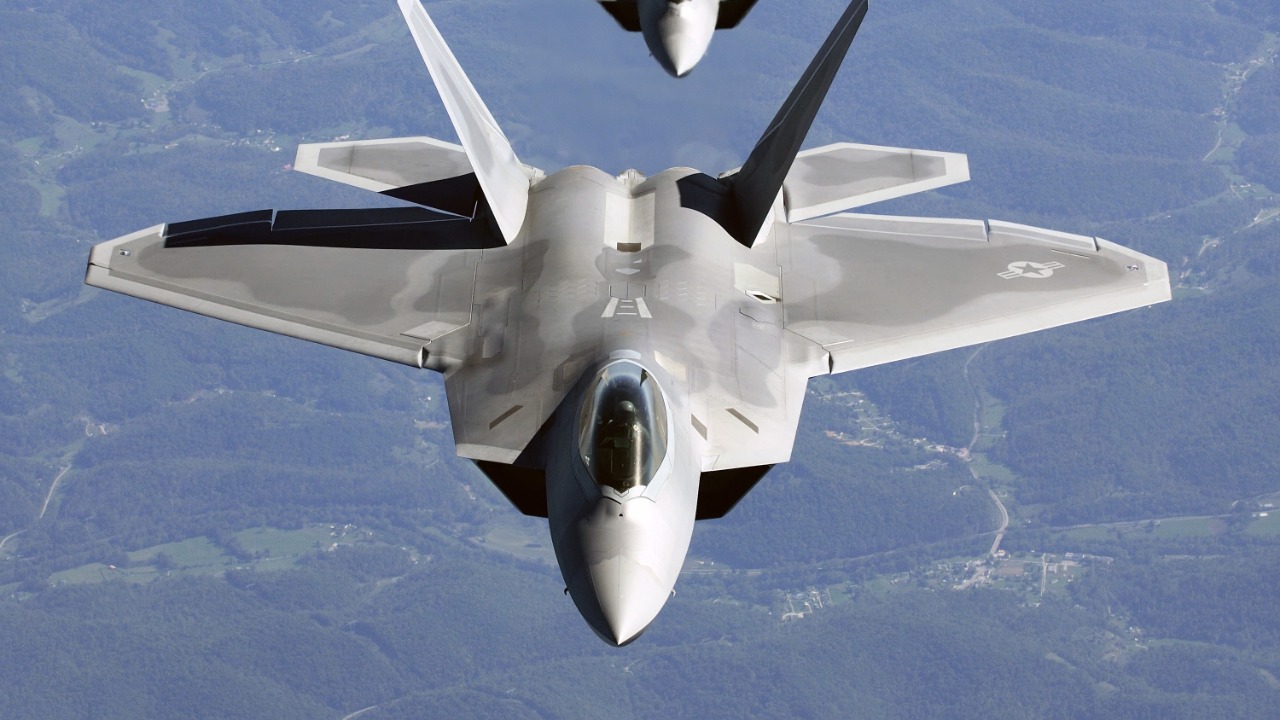
The F-22 Raptor’s technological evolution is nothing short of remarkable. With recent upgrades in advanced avionics, the Raptor’s cockpit environment has become more intuitive and sophisticated, enabling pilots to process information with unprecedented clarity and speed. The integration of advanced weaponry systems, including the AIM-120D AMRAAM missile, has further increased its combat effectiveness, allowing for engagement at greater distances with enhanced precision. These upgrades ensure that the F-22 can remain a step ahead of any adversary.
The Raptor’s design continues to offer unmatched stealth and agility, key factors that make it a formidable force in air combat. Its unique shape and radar-absorbing materials render it nearly invisible to enemy radar, while its thrust-vectoring nozzles provide extraordinary maneuverability. This combination allows the F-22 to perform complex aerial maneuvers that few other aircraft can match, maintaining its supremacy in dogfights.
Upgraded radar and sensor technology have significantly enhanced the F-22’s situational awareness. The AN/APG-77 radar system now offers a broader range and improved tracking capabilities, allowing the Raptor to detect threats before they become visible. This advanced radar, combined with cutting-edge sensors, enables pilots to make informed strategic decisions rapidly, ensuring air dominance in any conflict scenario.
Why the F-22 Remains Unmatched
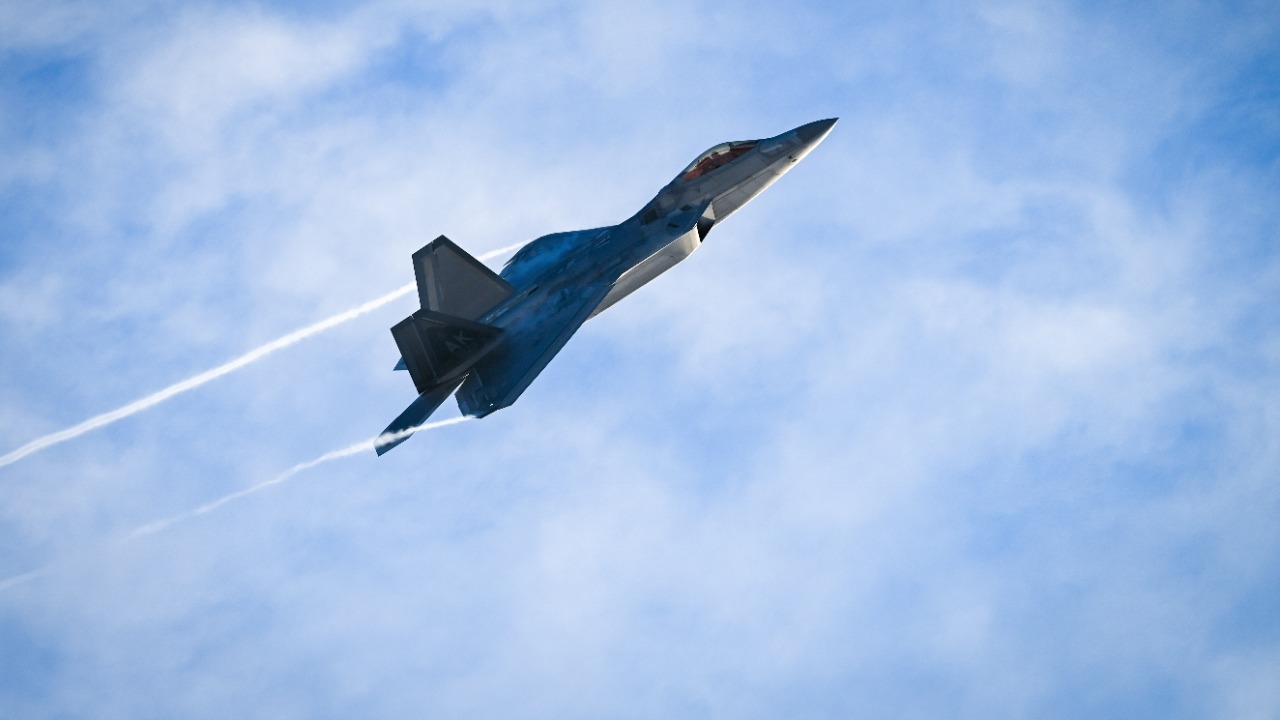
The F-22’s air superiority is largely due to its unparalleled capabilities and performance. In combat scenarios, it can engage multiple targets simultaneously while maintaining its stealth, a feat that other fighters struggle to achieve. Its supercruise capability allows it to fly at supersonic speeds without afterburners, extending its range and conserving fuel. This attribute is crucial for maintaining an edge in prolonged engagements, particularly in contested environments.
The strategic value of the F-22 cannot be overstated. As a cornerstone of the U.S. military’s air strategy, it plays a vital role in maintaining the global power balance. The Raptor’s advanced technology and performance ensure that it can deter potential adversaries, providing security and stability in volatile regions. Its ability to penetrate enemy defenses and achieve air superiority makes it an invaluable asset in both offensive and defensive operations.
When compared to other modern fighter jets, the F-22 stands out for its unique features and advantages. While aircraft like the Eurofighter Typhoon and the Russian Su-57 offer impressive capabilities, none match the comprehensive suite of technologies found in the Raptor. The F-22’s blend of stealth, speed, and advanced avionics ensures that it remains a step ahead of the competition. For more insights, you can check out this Facebook post that elaborates on why the F-22 is still considered the sky king.
The Raptor’s Role in Future Conflicts
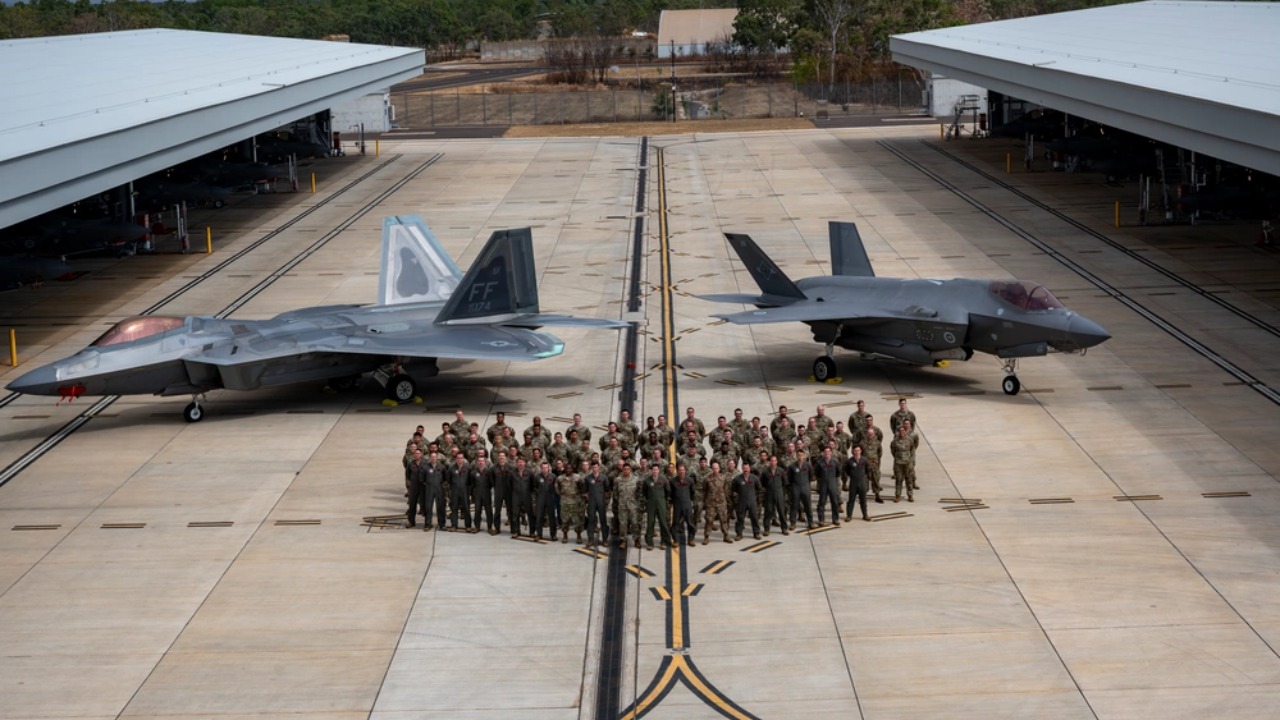
The F-22’s versatility in combat roles is one of its key strengths. It can seamlessly transition from air dominance missions to ground attack roles, making it adaptable to a wide range of military needs. This flexibility is crucial as modern conflicts become increasingly complex, requiring multi-role capabilities from fighter aircraft. The Raptor’s ability to engage both aerial and ground targets ensures its relevance in future military operations.
Integration with next-generation technology is a priority for the F-22 program. Efforts are underway to incorporate artificial intelligence and unmanned systems, enhancing its combat effectiveness. These technologies promise to augment pilot capabilities, providing additional support in decision-making and engagement strategies. The integration of AI and autonomous systems will ensure that the F-22 remains at the cutting edge of military aviation.
Global partnerships and strategic deployments highlight the importance of the F-22 in international collaborations. While the U.S. has been cautious in sharing this technology, the Raptor is often deployed in joint exercises with allied nations, showcasing its capabilities and strengthening military alliances. Its presence in key regions serves as a deterrent to potential threats, reinforcing the U.S.’s commitment to global security.
Guarding the F-22’s Secrets
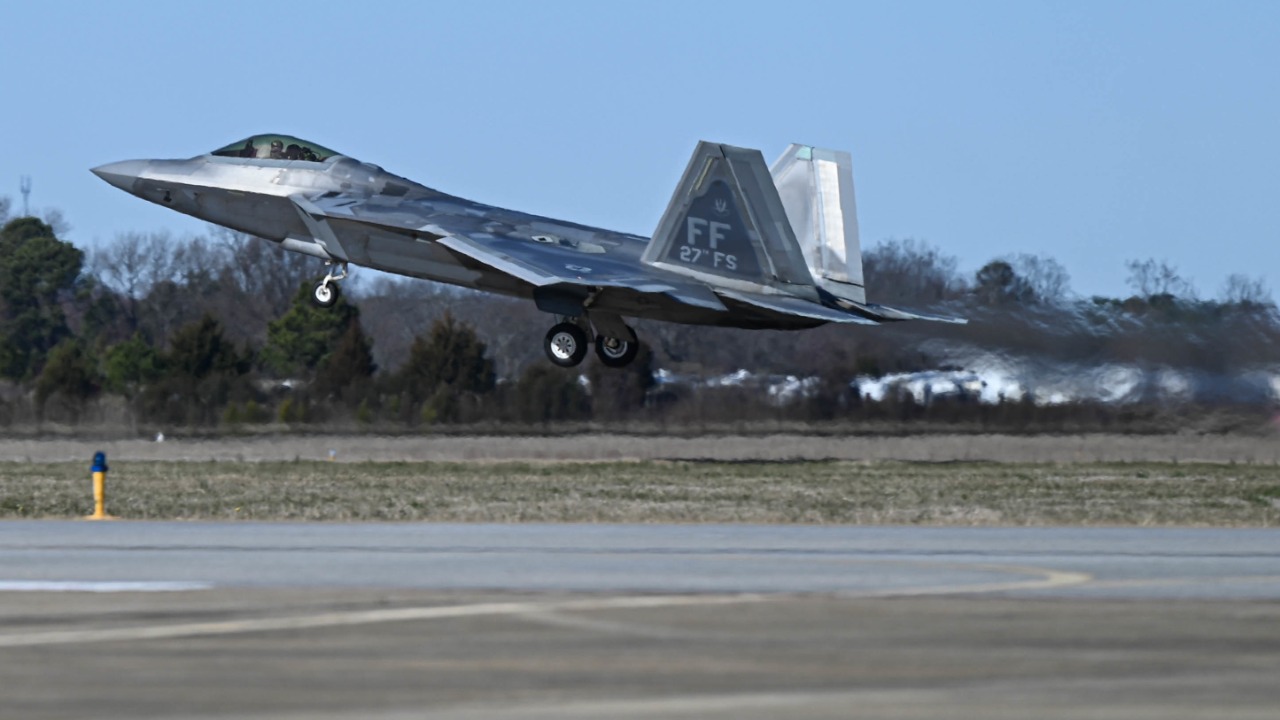
Given its advanced capabilities, significant efforts are in place to protect the F-22’s technological secrets. Export restrictions and stringent security protocols ensure that its technology remains proprietary. These measures prevent adversaries from gaining access to its design and systems, preserving the F-22’s competitive edge on the global stage.
The significance of keeping the F-22’s intellectual property secure cannot be overstated. Protecting the Raptor’s design and technology ensures that the U.S. maintains its air superiority. The proprietary nature of the F-22’s systems means that even potential allies have limited access to its full capabilities, underscoring the importance of safeguarding its secrets. For a deeper understanding, you can refer to this document which details some of the security measures in place.
There is considerable international interest in the F-22, with many nations eager to acquire such advanced technology. However, the U.S. has made a strategic decision to limit its availability, prioritizing national security over potential exports. This exclusivity adds to the Raptor’s mystique and underscores its role as a key element of America’s defense strategy.
The Future of Air Superiority
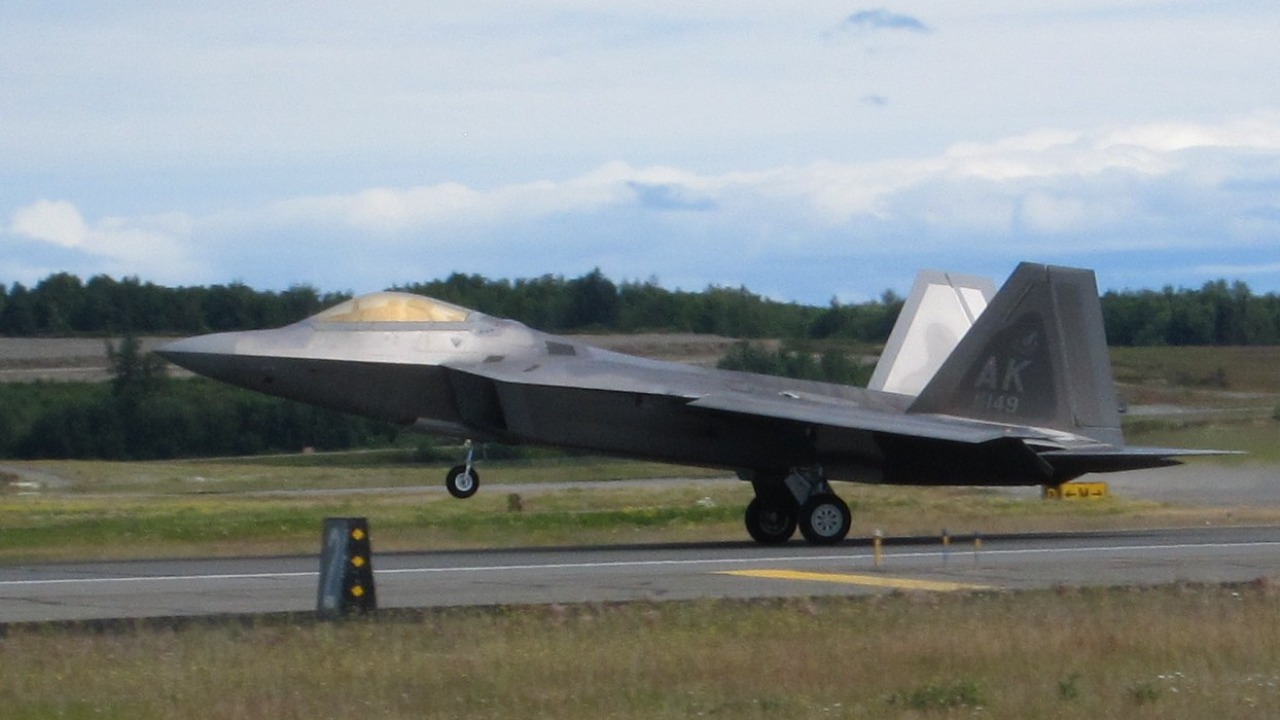
Continuous innovation is vital to keeping the F-22 at the forefront of air combat. Ongoing research and development efforts aim to enhance its capabilities further, ensuring that it remains a dominant force in the skies. This commitment to innovation guarantees that the Raptor will continue to evolve, adapting to new challenges and threats as they arise.
While the F-22 is currently unmatched, discussions about potential successors are ongoing. Any future aircraft would need to incorporate the latest advancements in stealth, speed, and avionics to surpass the Raptor’s capabilities. The development of a successor would represent a significant leap in military aviation, building on the F-22’s legacy while addressing emerging threats.
The long-term strategic vision for the F-22 involves maintaining its status as a crucial component of the U.S. military’s airpower. As aerial warfare continues to evolve, the Raptor’s role will adapt, ensuring that it remains a vital asset in maintaining air superiority. This vision underscores the importance of the F-22 in the broader context of national and global security. To learn more about the strategic significance of the F-22, visit this MSN article.